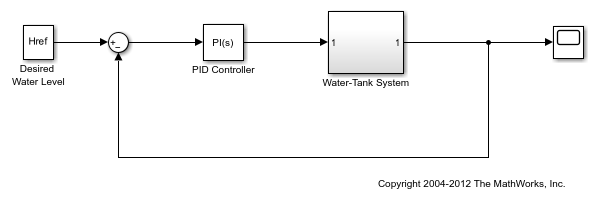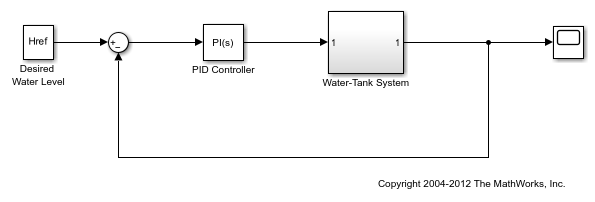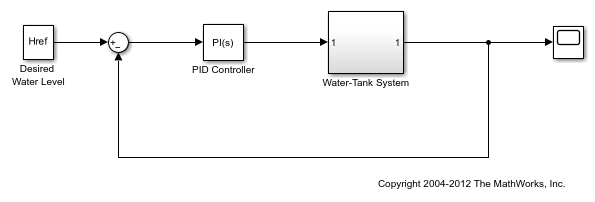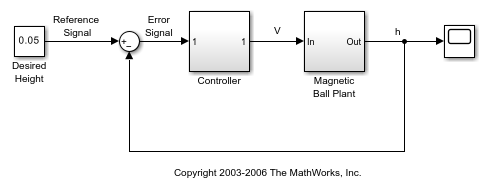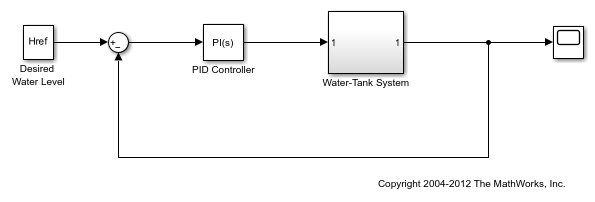findop
来自设定(配平)或仿真的稳态工作点
语法
说明
示例
输入参数
输出参量
详细信息
提示
您可以使用
initopspec在仿真快照处或之前计算的工作点处初始化工作点搜索。要从工作点对象中提取状态值和输入值,请分别使用
getstatestruct和getinputstruct。
算法
默认情况下,findop 使用优化器 graddescent-elim。要使用不同的优化器,请使用 findopOptions 更改 options 中 OptimizerType 的值。
findop 自动设置这些 Simulink 模型属性以进行优化:
BufferReuse = 'off'BlockReductionOpt = 'off'SaveFormat = 'StructureWithTime'
优化完成后,Simulink 会还原原始模型属性。
替代功能
App
作为 findop 命令的替代方法,您可以通过以下方式之一找到工作点。
使用稳态管理器计算工作点。有关示例,请参阅Compute Operating Points from Specifications Using Steady State Manager。
如果您要计算线性化的某个工作点,您可以找到该工作点并使用模型线性化器对模型进行线性化。有关示例,请参阅Compute Operating Points from Specifications Using Model Linearizer。
